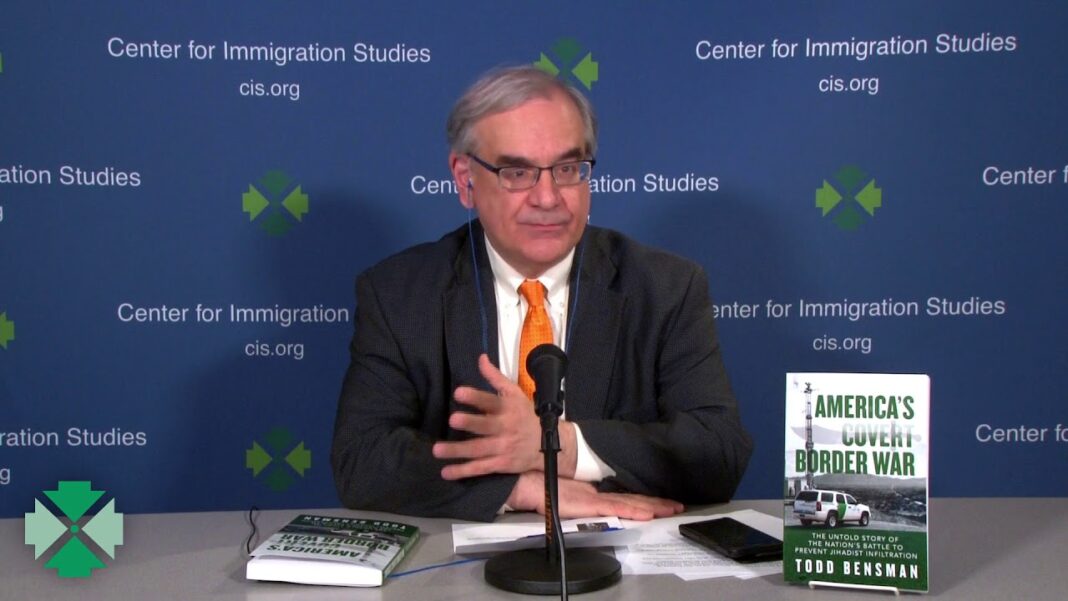The argument that the United States desperately needs immigration because Americans are not having “enough” children is a common theme of opinion pieces and even news coverage. However, the latest data from the Census Bureau’s 2019 American Community Survey shows that the fertility of both native-born and immigrant women (also referred to as the foreign-born) continues to decline, with the fall-off being more pronounced among immigrants. In fact, 2019 was the first year in which immigrant fertility (legal and illegal together) dropped below replacement level — 2.1 children per woman on average. As a result, the presence of immigrants in the country has only a modest impact on overall fertility. We also find some evidence that the presence of immigrants may lower the fertility of native-born women, further reducing immigration’s ability to increase overall U.S. fertility. (Figures reflect conditions through mid-2019, before Covid-19.)
Among the findings:
- Total fertility rate (TFR), which is the average number of children a woman will have in her lifetime given current trends, fell to 2.02 children for immigrants — below the 2.1 necessary to replace the existing population. This means that, in the long-run, immigration may add to population aging.
- Immigrant fertility has declined more rapidly than that of native-born women. In 2008, immigrant women had a TFR of 2.75 children; by 2019 it had fallen to 2.02 — a 0.73-child decline. For native-born women, it declined from 2.07 to 1.69 — a 0.38-child decline.
- The TFR for all women (immigrant and native-born) in America in 2019 was 1.76. Excluding immigrants, it would be 1.69 — the rate for natives. The difference is .06 children, or a 4 percent increase in overall TFR in the United States.
- Measuring fertility by births per thousand also shows that fertility fell more dramatically for immigrant women of reproductive age (15-50), from 76 births per thousand in 2008 to 57 births per thousand in 2019 — a decline of 19 births per thousand. In contrast, native fertility declined from 55 births per thousand to 48 births per thousand in the same time period — a decline of seven births per thousand.
- Even if the number of immigrant women ages 15-50 doubled, along with births to this population, it would still only raise the overall national birth rate for women by an additional one birth per thousand, or by 2.1 percent.1
- Immigration has a minor impact because the difference between immigrant and native fertility is too small to significantly change the nation’s overall birth rate.
- Immigration can also add to population aging in the long-term because the fertility for every major racial/ethnic group sending large numbers of immigrants is below replacement level among the native-born generation. In 2019, about three-fourths of immigrant women in their reproductive years were either Hispanic or Asian. The TFRs of native-born Hispanic and Asian women in 2019 were 1.77 and 1.42 respectively — both well below replacement level.
- There is some evidence that immigration reduces native fertility. We find that in larger metropolitan areas, the higher the immigrant share of the population, the fewer children native-born women have. This is the case even after controlling for age, education, income, race, marital status, and other factors.
- There are a number of possible reasons why immigration might lower the fertility of native-born Americans. It could be because it drives up housing costs for families with children, lowers wages for some American workers, or strains public services relied on by families, such as local schools. All of these factors may make American couples more reluctant to have children.
- Although immigration has only a small impact on overall fertility and aging, it has a significant impact on population size. For example, new immigrants and births to immigrants between 2000 and 2019 added 35.9 million people to the country — equal to more than three-fourths of U.S. population growth over this time period.2
By Steven A. Camarota and Karen Zeigler
Fertility Among Immigrants and Native-Born Americans
camarota-fertility-21







